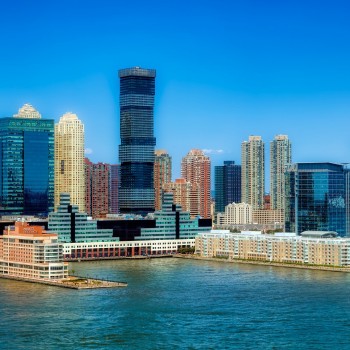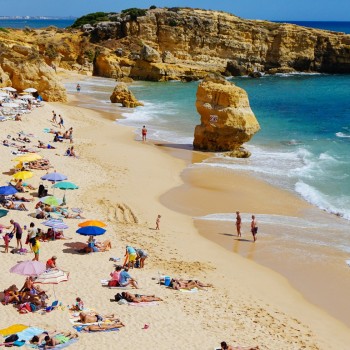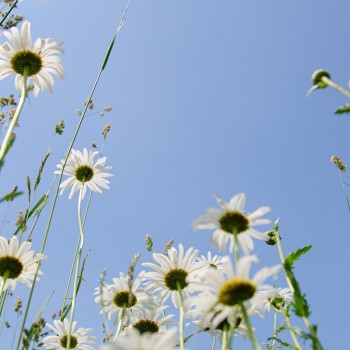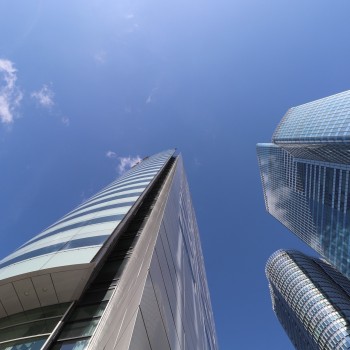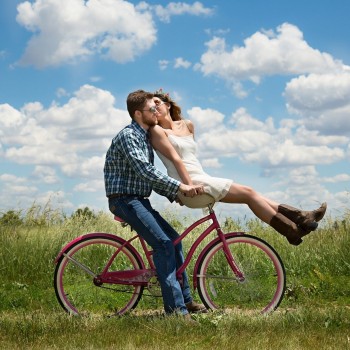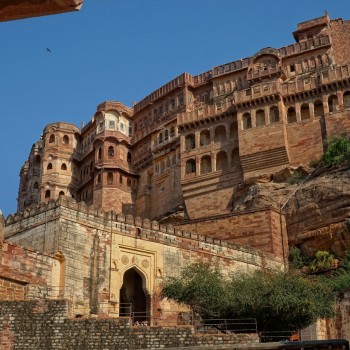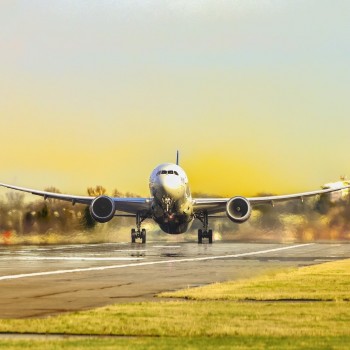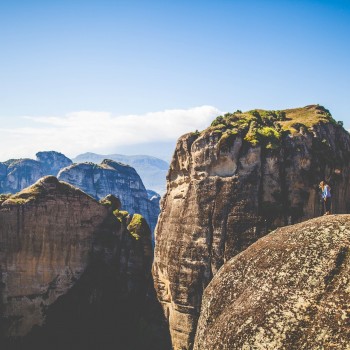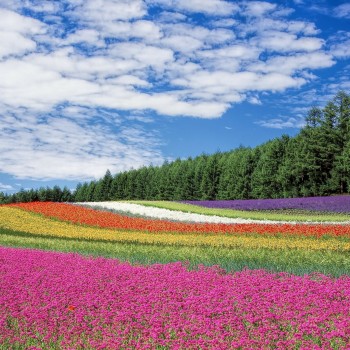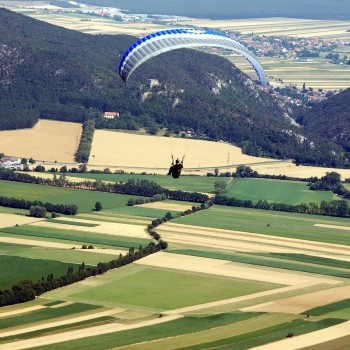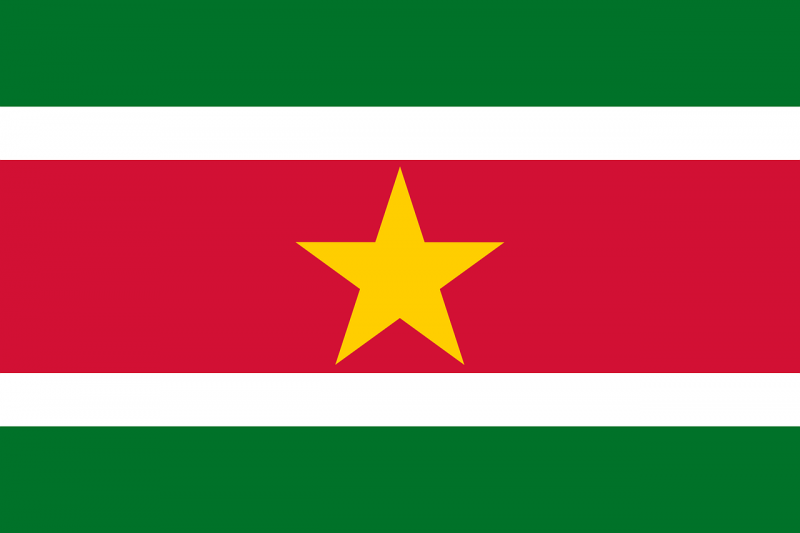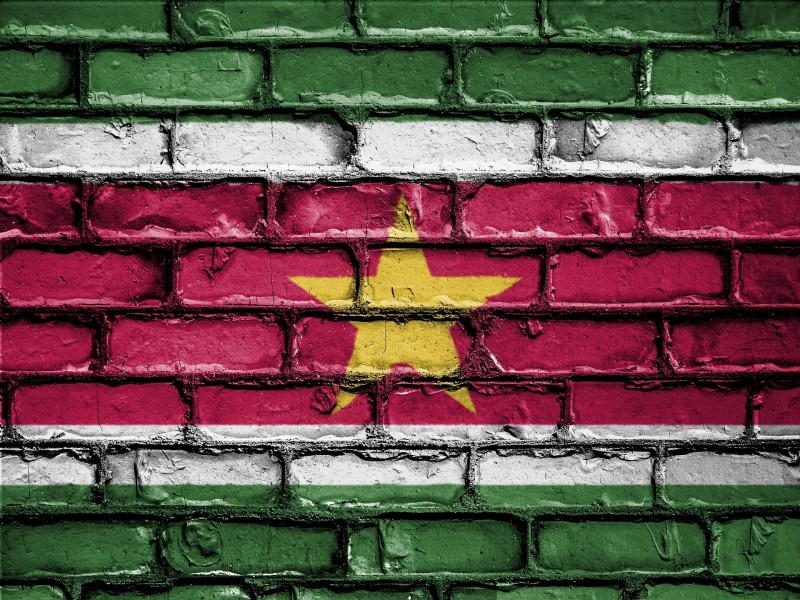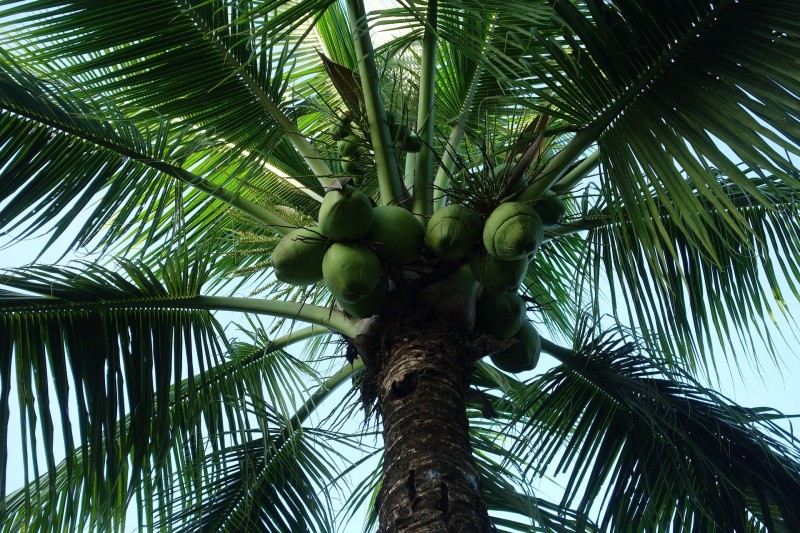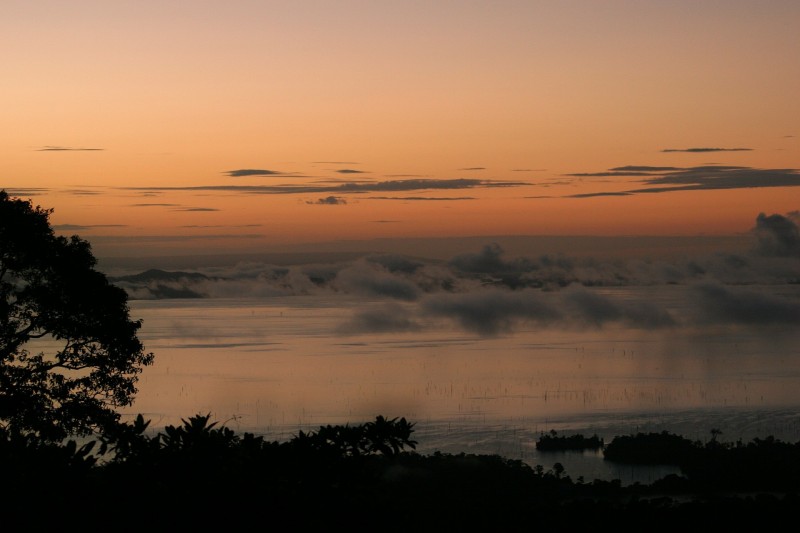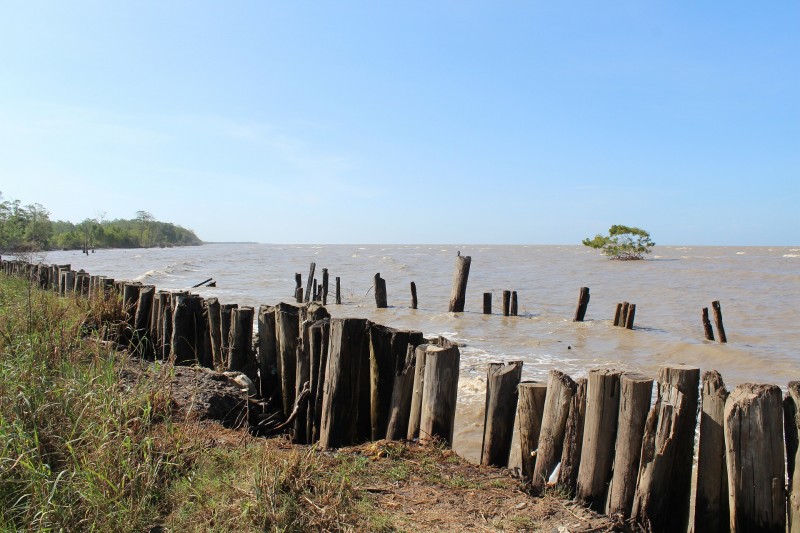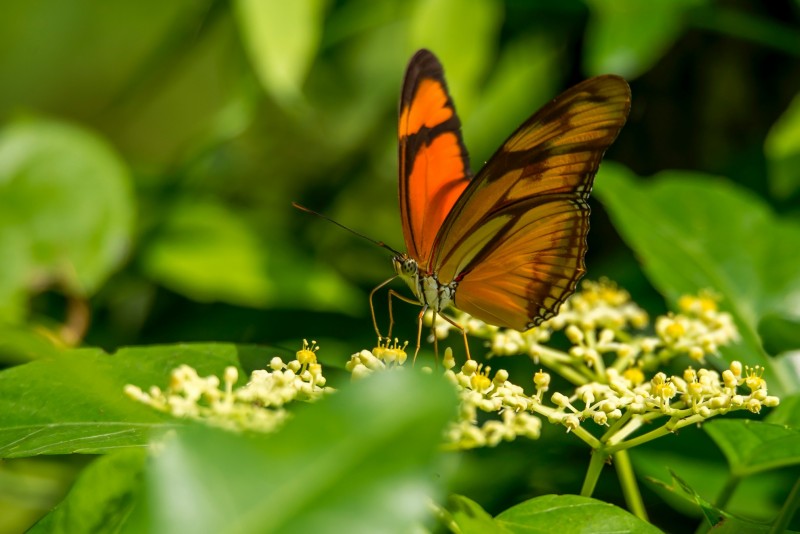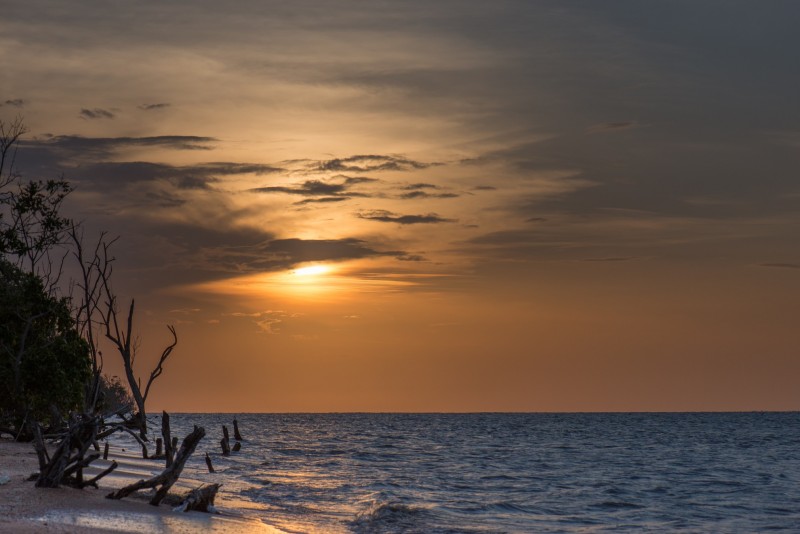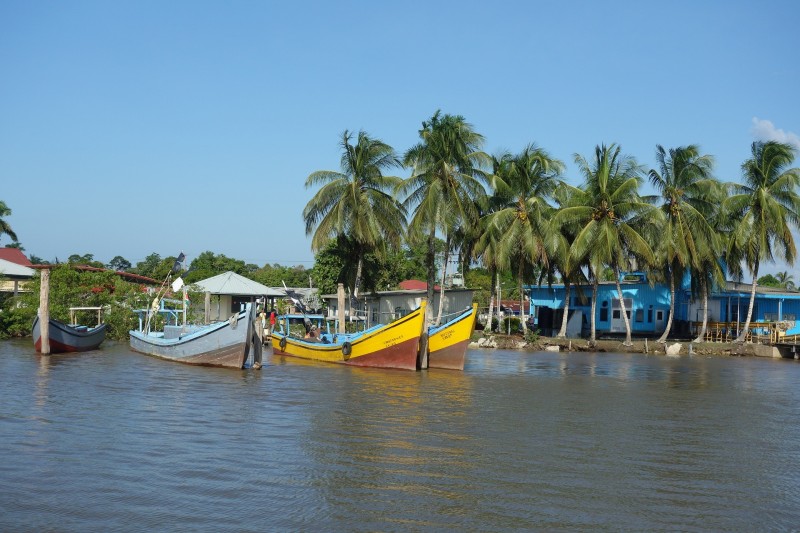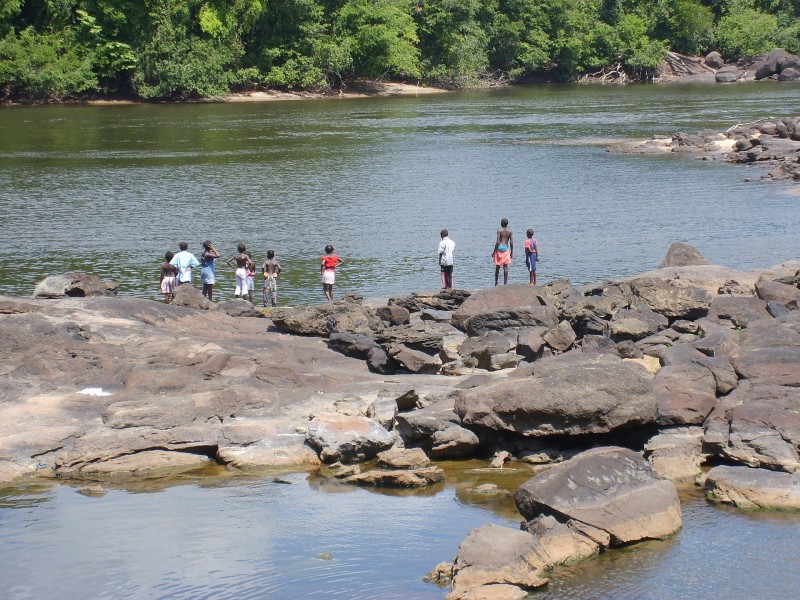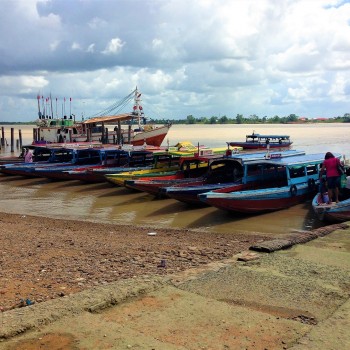Suriname
Suriname
Capital city description
Paramaribo is the capital of Suriname, located approximately 15 km away from the Atlantic Ocean. The city sprawls out from the banks of the Suriname River in the country’s Paramaribo District. Paramaribo experiences a tropical rainforest climate with no true dry season.
In the capital of Suriname, colonial buildings line grassy squares, locals sell paintings in the shadows of somber Dutch forts, and the thick aroma of exotic spices emanates from Indian roti shops. Parbo, as the locals call it, is a multi-ethnic feast for all the senses.
Climate
The climate of Suriname is equatorial, temperatures are warm and stable all year round, and humidity is high, average maximum temperatures are around 29 ° C / 33 ° C, and average minimum temperatures are 22 ° C / 23 ° C throughout the year.
Dry Seasons:
- August to November
- February to April
Rainy Seasons:
- May and July
- December and January
Languages spoken
The official language of Suriname is Dutch. Other languages spoken in Suriname include several Amerindian languages, several Creole languages, Suriname Javanese and Sarnami Hindustani
Fun/Fascinating Facts
- Suriname is the smallest South American Country with only 163,821 square kilometers and a population of only 541,638 individuals as per the 2012 census.
- Suriname has a famous Toad, “the Surinam Toad,” also known as “Pica Pica,” and some seemingly unique reproductive practices. The female Pica Pica raises tadpoles to mini toad size in the spongy skin and doesn’t have a tongue or teeth.
- Adults under the age of 30 are not allowed to get married in Suriname without written permission from their parents.
- Suriname’s official language is Dutch, a legacy of Dutch colonial rule in the country. More than 60% of the Surinamese speak Dutch as their mother tongue, while the rest speak it as a second language. Suriname is the only country outside Europe where A majority speaks dutch of the people.
- Football is the primary sport played in this country. Some of the famous Dutch footballers including Ruud Gullit, Frank Rijkaard and Nigel de Jong are of Surinamese descent.
Unique Customs/Traditions
- Surinamese do not like arrogant, rude, impudent people and braggarts; they don't like raised voices. Talking loudly or shouting in public places is considered very rude and disrespectful towards others.
- Surinamese are primarily calm, friendly, and so hospitable that some of them do not even lock the doors or have no doorbells.
- Surinamese children are well-educated; they never interrupt adults and show respect for elders. Surinamese meet each other with a firm handshake, close friends and relatives often exchange hugs.
- Most Surinamese are tolerant towards sexual minorities.
- Any public demonstration of non-traditional sexual orientation is not welcome.
- Surinamese people do not welcome any expression of hatred towards minorities either because tolerance and mutual respect form the basis of the country's philosophy where many different cultures have mixed.
Popular universities
| Name | Description | |
|---|---|---|
| Anton de Kom Universiteit van Suriname | Anton de Kom Universiteit van Suriname (Anton de Kom University of Suriname) is a non-profit public higher education institution located in the suburban setting of the small city of Paramaribo. This institution also has a branch campus in Nw. Nickerie. Founded in 1968 and officially recognized by the Ministerie van Onderwijs, Wetenschap en Cultuur, Suriname (Ministry of Education, Science, and Culture of Suriname).Surinamese higher education institution. Anton de Kom Universiteit van Suriname (AdeKUS) offers courses and programs leading to officially recognized higher education degrees such as bachelor's degrees, master's degrees in several areas of study. International students are welcome to apply for enrollment. AdeKUS also provides academic and non-academic facilities and services to students, including a library, housing, sports facilities, study abroad and exchange programs, online courses, distance learning opportunities, and administrative services. | |
| Polytechnic College Suriname | Polytechnic College Suriname is a non-profit public higher education institution located in the urban setting of the small city of Paramaribo. This institution also has a branch campus in Nickerie. Established in 1997 and officially recognized by the Ministerie van Onderwijs, Wetenschap en Cultuur, Suriname (Ministry of Education, Science, and Culture of Suriname). Polytechnic College Suriname (PTC) offers courses and programs leading to officially recognized higher education degrees such as bachelor's degrees, master's degrees in several areas of study. International applicants are eligible to apply for enrollment. PTC also provides several academic and non-academic facilities and services to students, including study abroad and exchange programs, online courses and distance learning opportunities, and administrative services. | |
| Academie Voor Hoger Kunst- en Cultuuronderwijs | Academie Voor Hoger Kunst- en Cultuuronderwijs (Academy for Arts and Cultural Education) is a higher education institution located in the small city of Paramaribo. Established in 1981 and officially recognized by the Ministerie van Onderwijs, Wetenschap en Cultuur, Suriname (Ministry of Education, Science, and Culture of Suriname), Academie Voor Hoger Kunst- en Cultuuronderwijs (AHKCO) offers courses and programs leading to officially recognized higher education degrees such as bachelor's degrees in several areas of study. AHKCO also provides several academic and non-academic facilities and services to students, including administrative services. | |
Festivals & Events
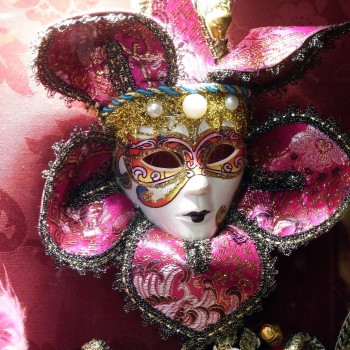
Brazilian Carnival
Date: February
The Brazilian Carnival is not one brought about by the people of Suriname; it has come to be an annual event. It is significant due to the large Brazilian population that has migrated to Suriname but intends to keep its own culture alive.
The festival is similar to the one in Brazil around the same time, only smaller in scale. Travelers can expect parades in the streets, outstanding Brazilian music and dance displays, and many food stalls serving delicious treats.

Keti Koti Festival
Date: July
The Keti Koti celebration in Suriname is one of the essential celebrations Of Suriname. In 1863 on the first of July the slavery was abolished in Suriname.
It is also a very glorious celebration with lots of food and different styles of music. At the independence square in Suriname and the Palmentuin, people are mainly gathering in cultural costumes.
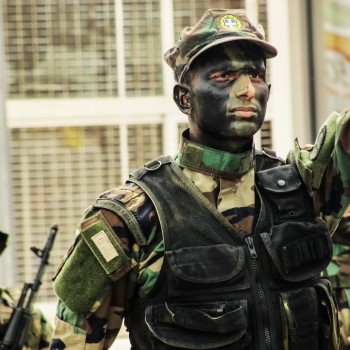
Independence day
Date: 25th of November
The independence day celebration of Suriname remembers the day in 1975 when Suriname was granted complete independence from the Netherlands. Independence day is a tradition with the Parade of all the army of Suriname. It is a parade that goes with many preparations and exercise which begins a lot of months before.
.jpg)
Suriname Jazz Festival
Date: October
Suriname Jazz Festival brought together renowned jazz musicians from Suriname and abroad; the festival is a feast of the genre. Different kinds of Jazz can be enjoyed, including American, African, and Asian interpretations.
The Jazz festival in Suriname is at the end of October in the Nightlife center of the Capital. There are various international and local music groups entertaining thousands of people. Good music, good food, and many swinging and singing people can be enjoyed during the festival.
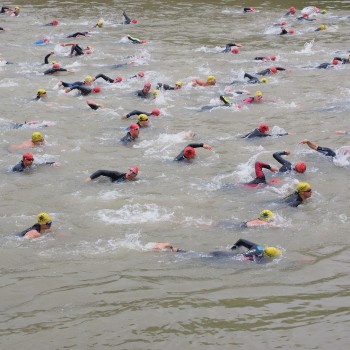
Swimming Marathon
Date: July
The annual Staatsolie Swim marathon, 11-mile open water, long-distance race down the great Suriname River starts in Domburg and ends in Paramaribo. The race draws together Suriname and the international community competitors and has become quite competitive after so many years. Not only is this a challenging marathon, but it is also one of the most beautiful as competitors swim alongside a gorgeous rainforest.
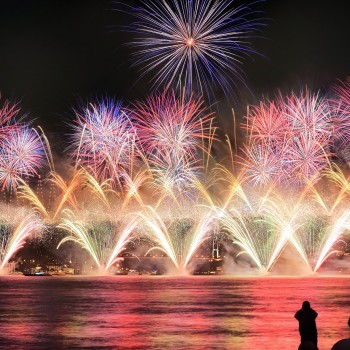
Pagara Estafette
Date: 31th of December
Pagara Estafette is a massive street party waving goodbye to the old year and welcoming in the new one. However, this is no ordinary New Year’s Eve bash, as festivities generally start at 10:00 a.m. and last until the new day has dawned. Fantastic firework displays and live concerts characterize the festival.
Attractions / Top Sights
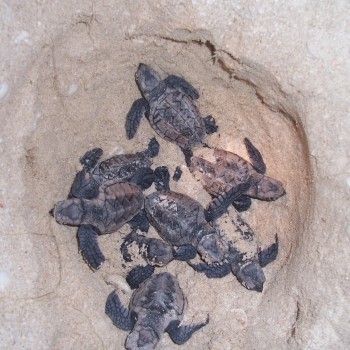
Galibi Nature Reserve
When to visit: February and August
The Galibi Nature Reserve is situated in the Northeast corner of Suriname, at the mouth of the Marowijne River, bordering French Guiana. The fantastic variety of plants and wildlife animals, some of which are at the risk of extinction, can be observed in Galibi Nature Reserve.
The place is famous for its Giant Leatherback Sea Turtle. They make them a nest in the shore in February and August. If you want to see the turtles, those months can be a perfect time. Suriname is also important for its markets and culture.
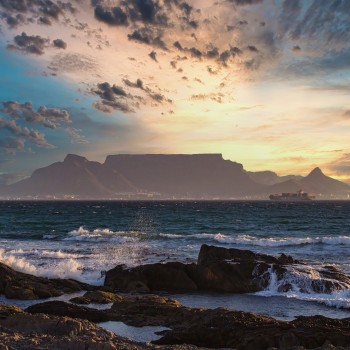
Tafelberg
When to visit: September
Tafelberg, which means "Table Mountain," is one of the highest mountains at 1,026 meters (3,366 ft). It is located in the central part of Suriname, within the Sipaliwini District. The flat-topped part of Tafelberg is around 150 square km (58 square mi), and when reached, it offers quite the stunning views of the surrounding forest.
This peak is the second-highest in the Cedarberg range, after Sneeuberg, 2027m, which lies opposite across the farm valley.
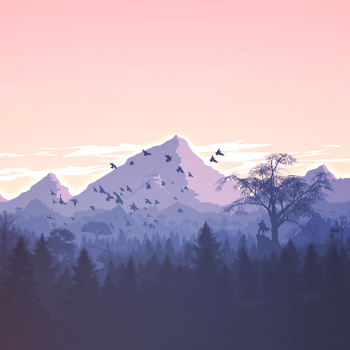
Mount Kasikasima
When to visit: September
Standing at over 2000 feet, Mount Kasikasima is one of the country's lesser-known but equally satisfying landmarks
The unique and mysterious Mount Kasikasima lies at a straight line distance of 65 km from the village Palumeu. This Amerindian village lies at the beginning of the Tapanahony river at the confluence of the Palumeu and Upper Tapanahony river, about 170 meters above sea level. The river gets its water from rainfall, and in the rainy season, the water level can be as much as 6 meters higher than in the dry season.

Independence Square
When to visit: September and October
A historic site in the center of Suriname’s capital, Independence Square, is an area in town commemorating the country’s freedom from the Dutch in 1975. Today, the site is filled with many other attractions, including the Presidential Palace and surrounding gardens, many open-air markets, and of course, a vibrant and bustling waterfront area.
The place is even better at night as it is well lighted, and lights made up from rocks.
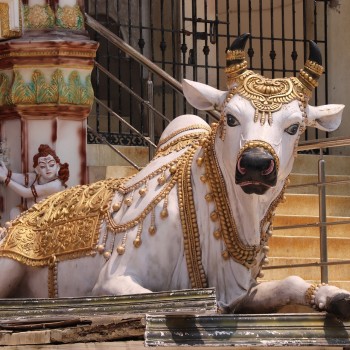
Arya Dewaker
When to visit: September and October
This Hindu temple is the largest in Suriname and is located in Paramaribo. It’s the most important in the country to the Hindus who live there. A Dutch architect designed the building. The architect combines the Dutch style with the ancient Moghul style from India and a bit of Moorish design. Everything in the temple is designed to reflect aspects of the sun, and though there are no images of deities, you’ll find plenty of Sanskrit and Hindi symbolism.
The building is a two-story octagonal building with meeting rooms, a library, and a ceremony room.

